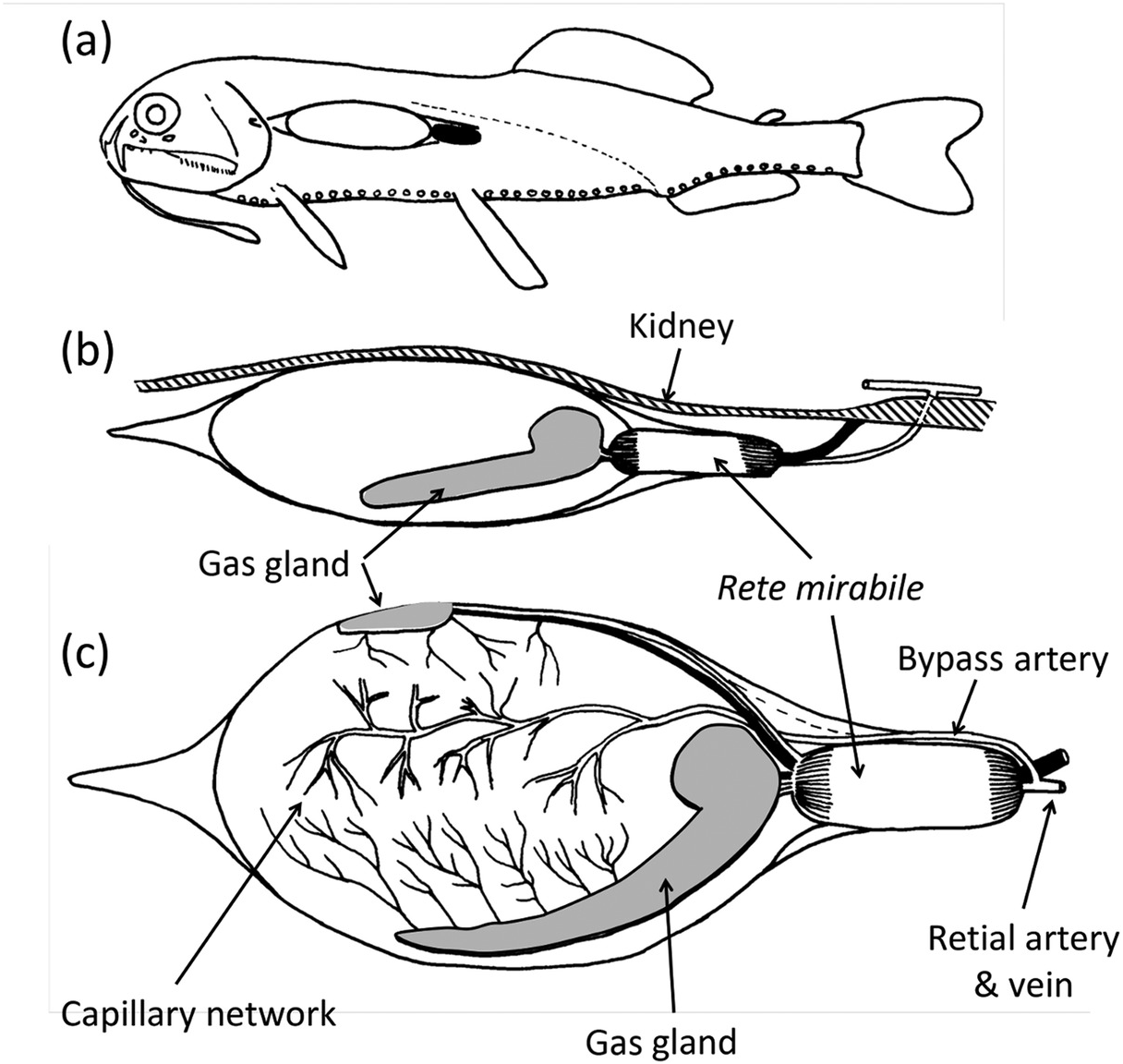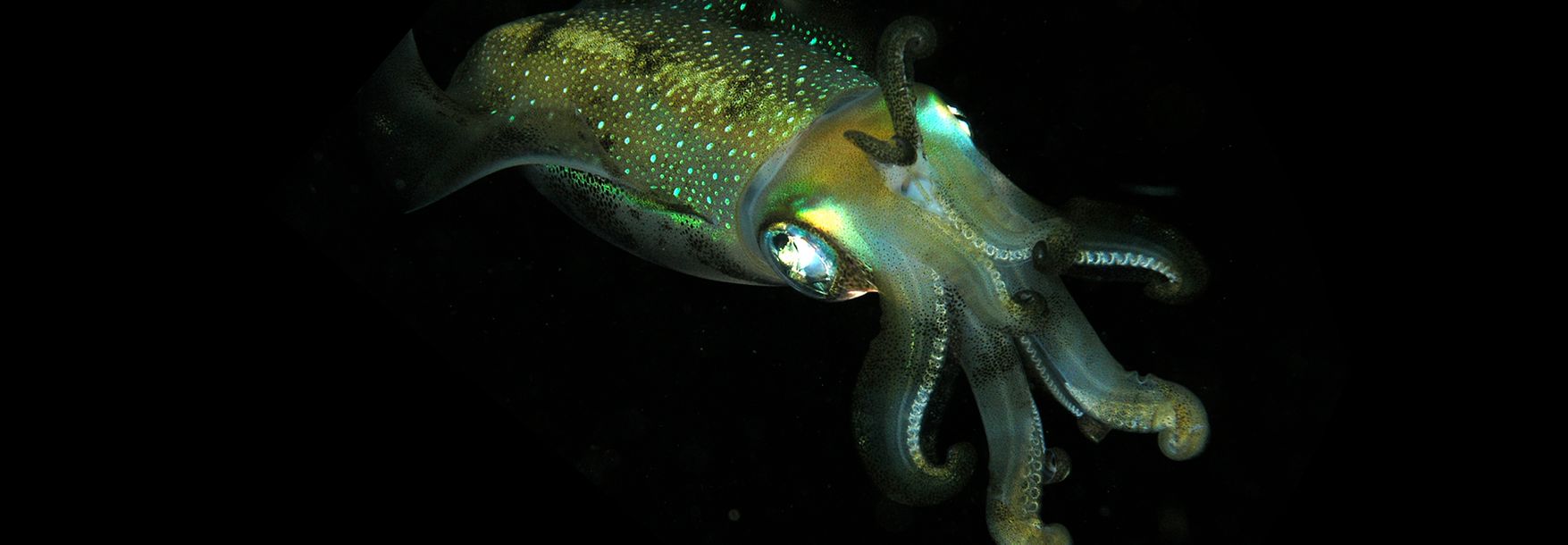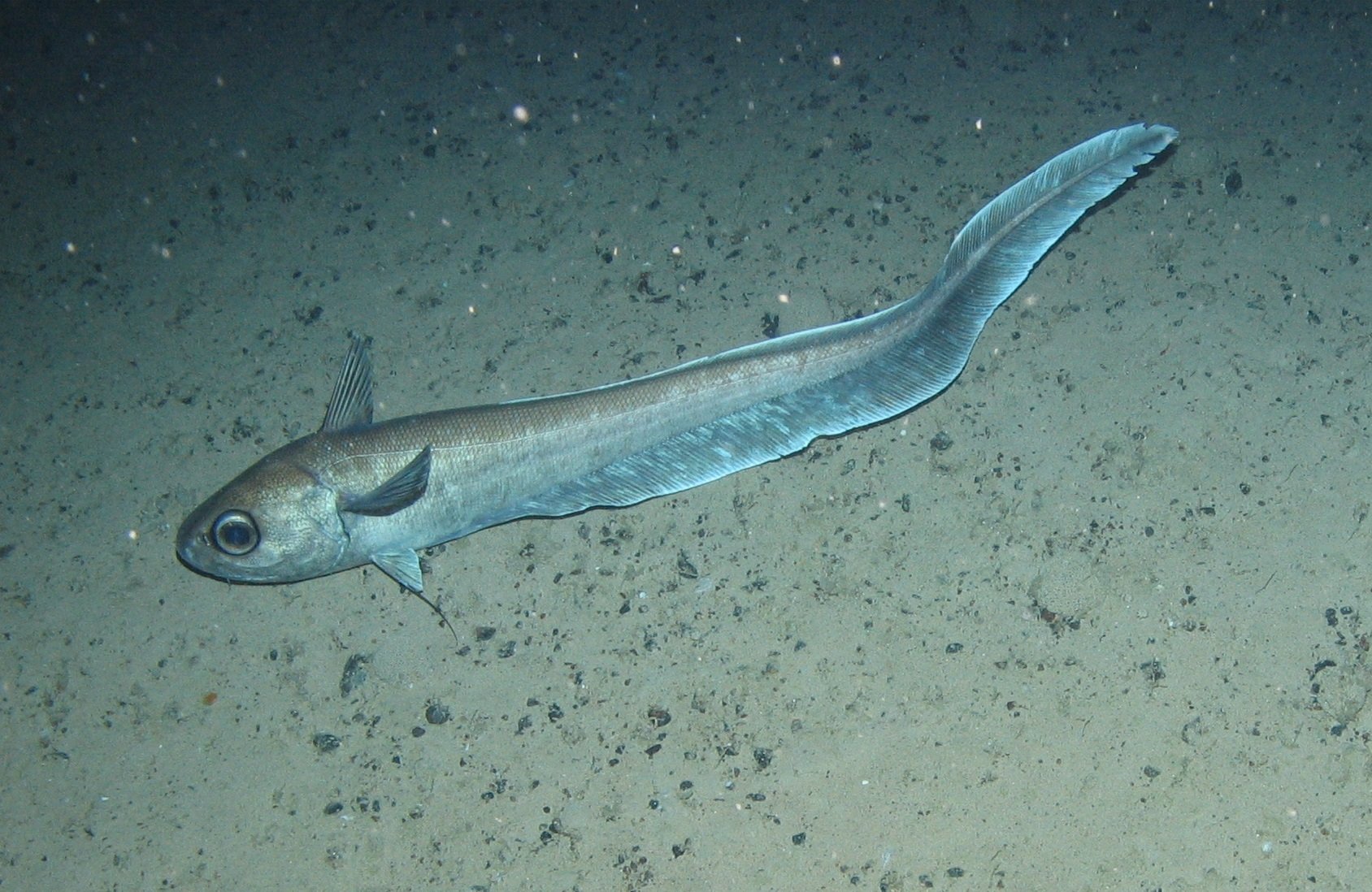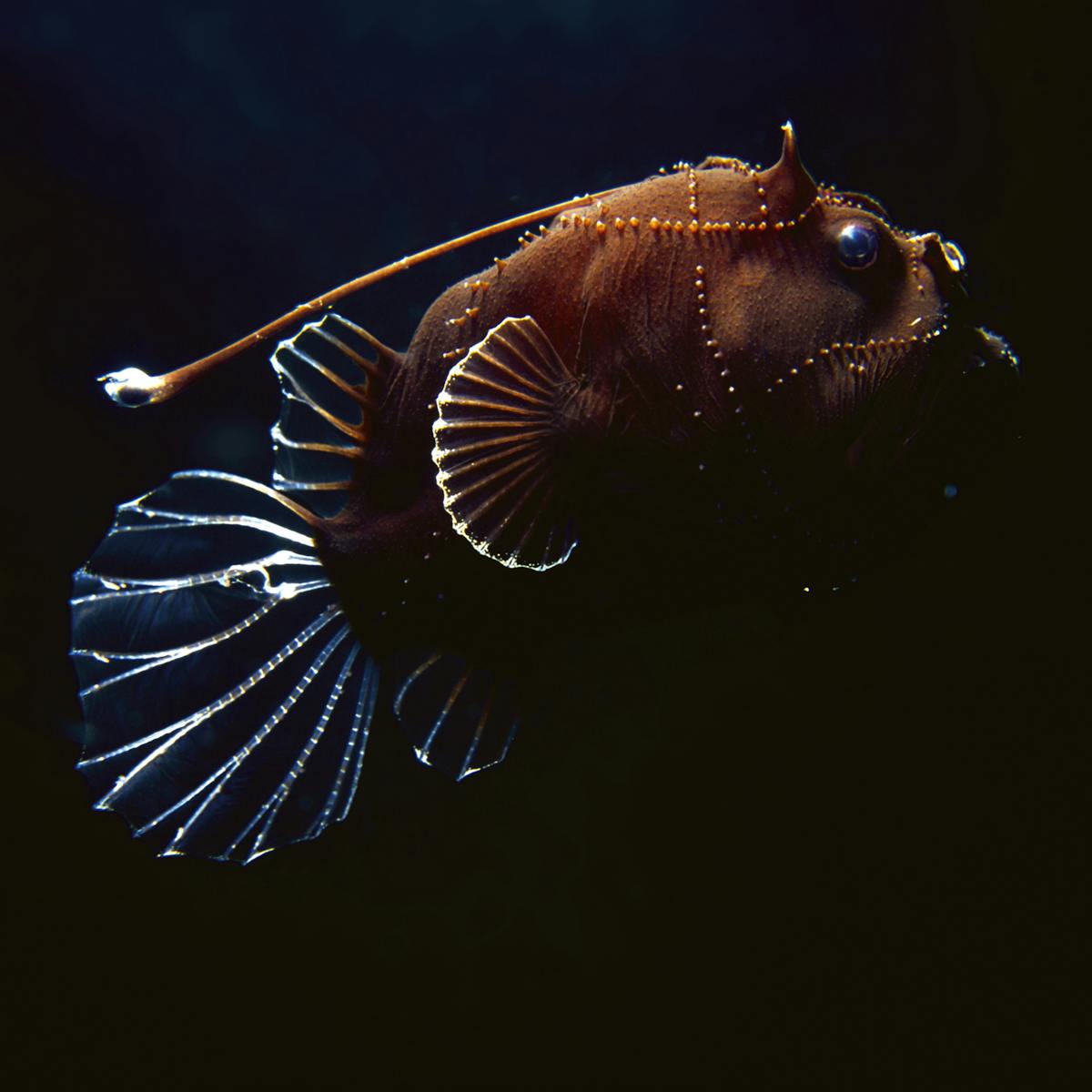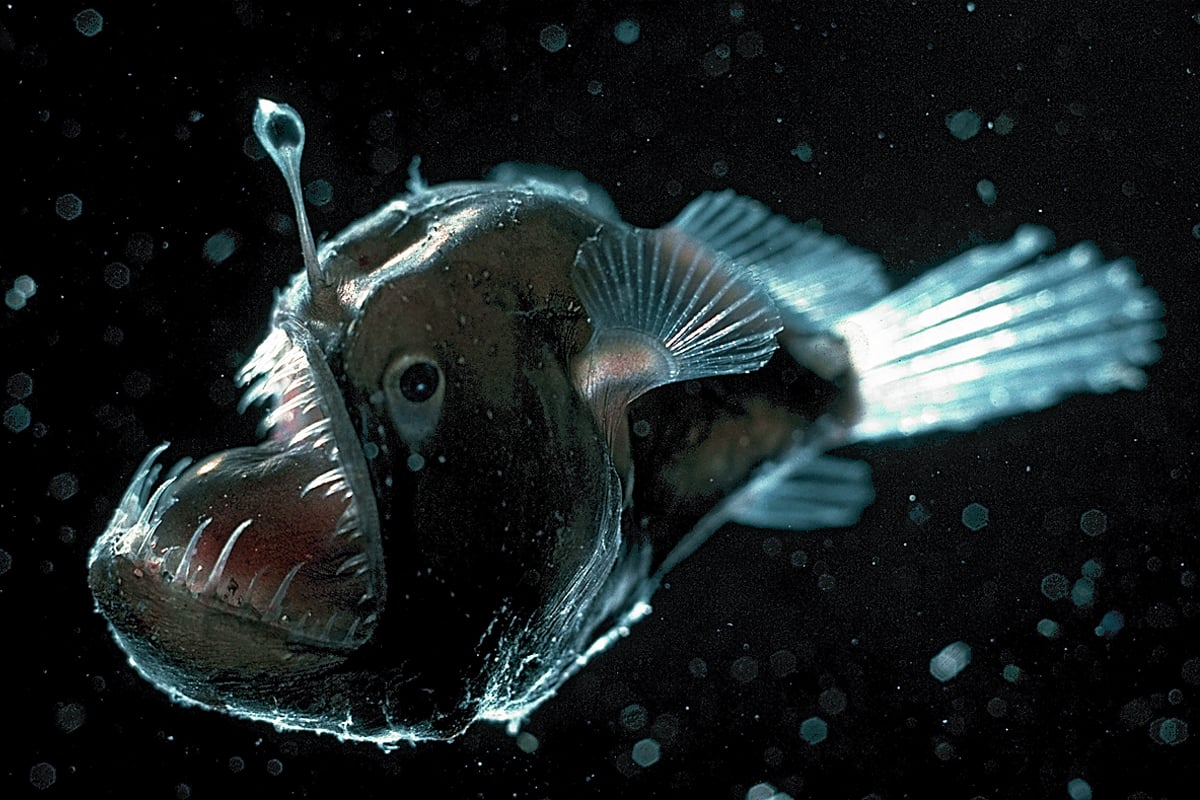Deep Ocean Animals Adaptations

Eyes contain a type of light receptor called rods.
Deep ocean animals adaptations. Have students identify animal adaptations in. In some other deep-sea fishes eyes are very small as they are of little apparent use and still others are without eyes. Many animals make their own light called bioluminescence to communicate find mates scare predators or attract prey.
In anglerfish Linophryne Fig 24 the light is used as a. The photic zone also known as the sunlight zone is the uppermost layer of a lake or ocean that receives sufficient sunlight to support aquatic plant life. Animals adapt to their environments to help them survive.
Food is scarce in much of the deep sea in part because photosynthesis only takes place at the oceans surface where theres sunlight. Deep-sea creatures are animals that live below the photic zone of the ocean. They have strong shells that protect them from wave action drying out and the prying beaks of predators.
Usually lightless sea bottom is referred to as deep sea ie from lower limit of littoral zone 200 metres deep to the ocean floor. Learn to draw deep sea fishes with interesting and surprising adaptations. Deep ocean animals adaptations.
Many shellfish like. The deep-sea is cold dark and mysterious but its creatures are known for their amazing adaptations. The ocean has three broad habitats.
Some of the most amazing adaptations are from ocean animals like sharks jellies starfish stingrays and dolphins. Encourage students to think about adaptations in marine animals related to obtaining food providing camouflage or safety from predators or dealing with changes in temperature salinity pressure lack of sunlight and need for oxygen. The abilities of deep-sea animals to tolerate the pressure and temperature conditions of deep-sea habitats are due to pervasive adaptations at the biochemical level.
